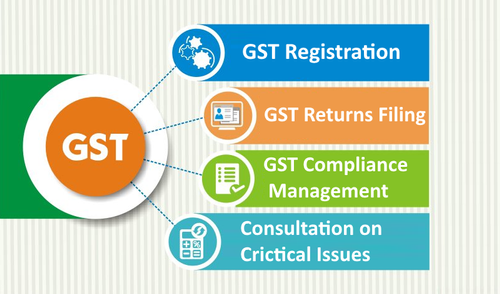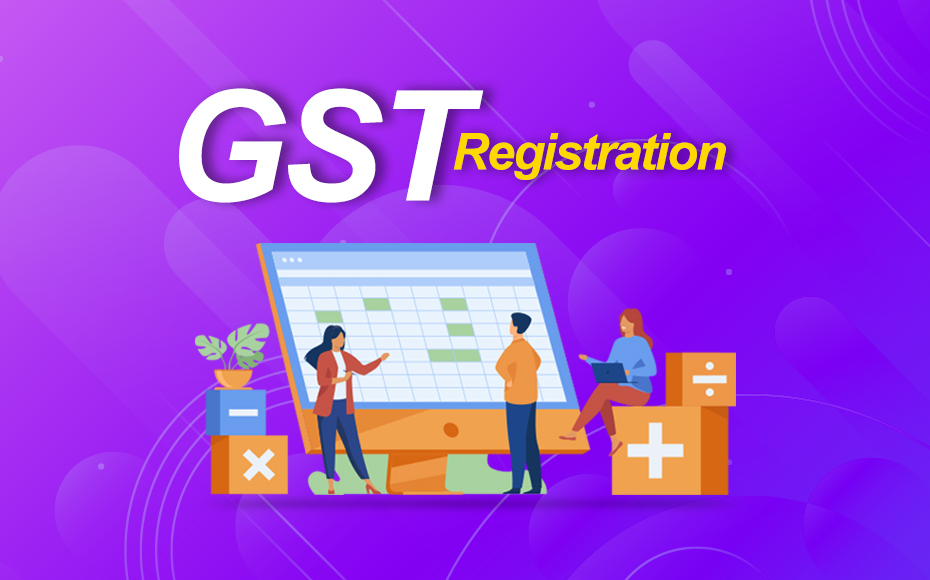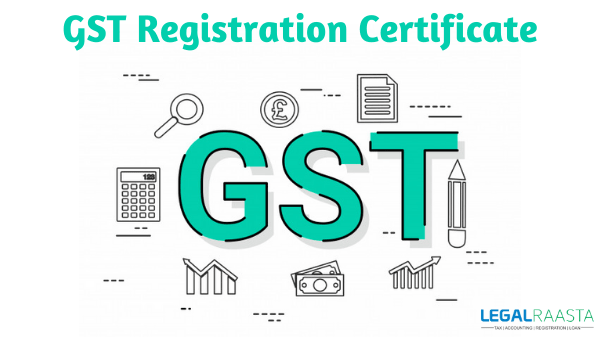Step-by-Step Guide to GST Registration: Every Little Thing You Required to Understand About the Application Process

Qualification Criteria for GST Registration
Satisfying the eligibility criteria for GST registration is an essential demand for companies running in India. Based on the Product and Solutions Tax (GST) legislation, entities involved in the supply of products or services should sign up for GST if their annual turn over goes beyond the suggested limit. For regular organizations, this threshold is set at 40 lakhs for products vendors and 20 lakhs for company. Additionally, certain unique category states have a reduced threshold of 10 lakhs. Organizations entailed in inter-state supply, informal taxable individuals, non-resident taxed persons, and those required to pay tax under the reverse fee mechanism need to additionally register for GST, irrespective of their turn over.
Furthermore, particular organizations such as shopping operators, representatives of a supplier, input service suppliers, and individuals supplying using ecommerce platforms are also required to sign up for GST, despite their turnover. Understanding and fulfilling these qualification standards are crucial actions for companies seeking to abide by the GST regulations in India.
Required Papers for Application
When using for GST enrollment, companies require to supply specific documents to complete the application procedure efficiently and precisely. The required records differ depending on the kind of service entity looking for registration. Making certain that all required files are in order and submitted properly is vital for a smooth GST registration process.
Step-by-Step Application Refine
To successfully finish the GST enrollment process, companies need to adhere to an organized detailed application treatment. The first step is to see the GST online portal and click the 'Solutions' tab, followed by 'Enrollment' and afterwards 'New Registration.' Next off, offer the required information such as the legal name of the business, PAN, e-mail address, mobile number, and state in which the organization is located. After entering the details, an OTP will be sent out to the signed up mobile number and email for verification. As soon as the OTP is verified, a Short-lived Recommendation Number (TRN) is generated which can be utilized to save the application and go find this back to it later on.

Understanding GST Enrollment Costs
Comprehending the charges connected with GST enrollment is vital for businesses seeking compliance with tax obligation laws. The GST enrollment charges differ depending on the type of business entity applying for registration. It's crucial for companies to aspect in these enrollment fees when intending their compliance spending plan.
Avoiding Typical Application Mistakes
In browsing the GST registration procedure, sidestepping common application mistakes is essential for businesses intending to simplify compliance treatments and prevent possible problems. One common blunder companies make is giving inaccurate details, such as entering incorrect PAN details or organization names. Verifying all data prior to submission is important to stop hold-ups in the application process. One more typical mistake is failing to provide the necessary supporting records, causing rejection or long term handling times. Making certain all required records are uploaded appropriately and are up to day can dramatically expedite the registration procedure. Furthermore, companies typically neglect the importance of choosing the proper these details business structure throughout registration. Selecting the incorrect kind, such as registering as a routine taxpayer as opposed to a structure dealer, can lead to problems down the line. By thoroughly verifying all information and reviewing given during the GST registration application, organizations can alleviate these common mistakes and facilitate a smoother enrollment process.
Conclusion
To conclude, comprehending the qualification requirements, called for documents, application procedure, charges, and common blunders to avoid are vital actions in successfully registering for GST. By adhering to the detailed overview supplied, businesses can make sure a efficient and smooth application procedure. It is very important to abide by the standards stated by the authorities to avoid any hold-ups or complications in the enrollment process.

The GST enrollment fees vary depending on the kind of service entity applying for enrollment. Furthermore, businesses usually forget the importance of choosing the appropriate company structure throughout registration - Get your GST registration done today in Singapore. By thoroughly ascertaining all info and reviewing given throughout the GST registration application, companies can minimize these common mistakes and facilitate a smoother enrollment procedure